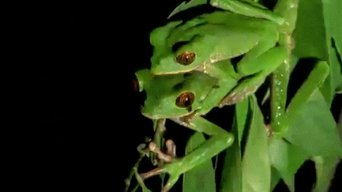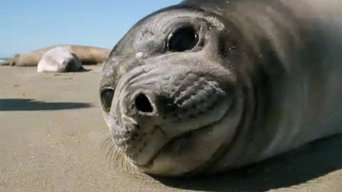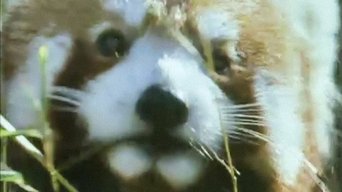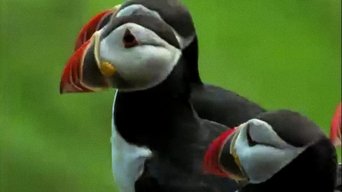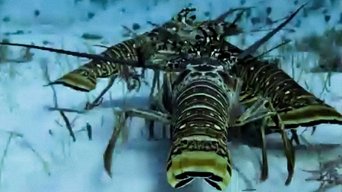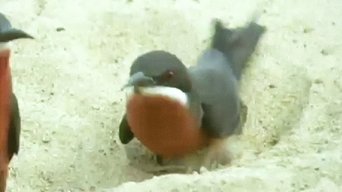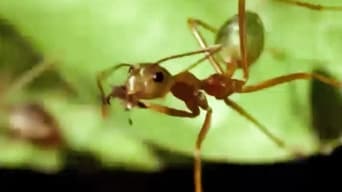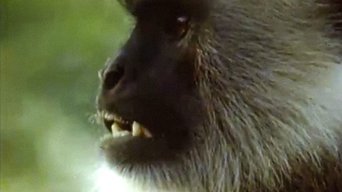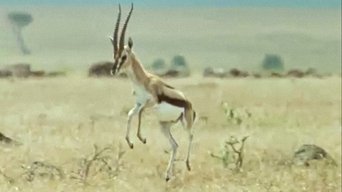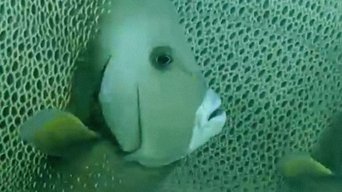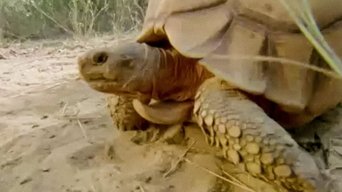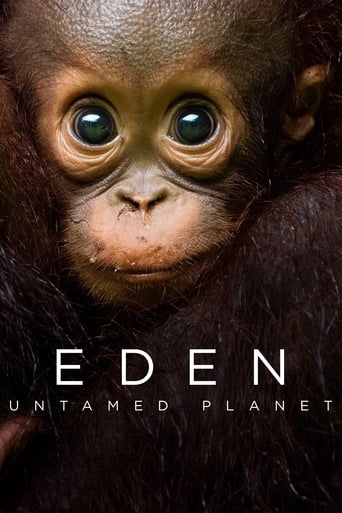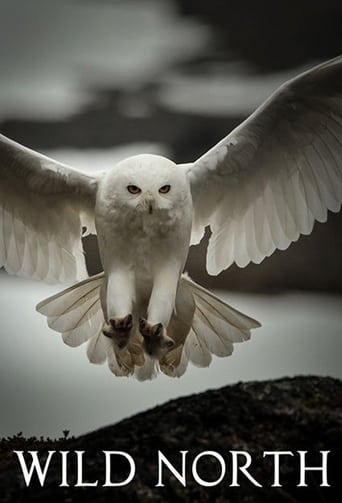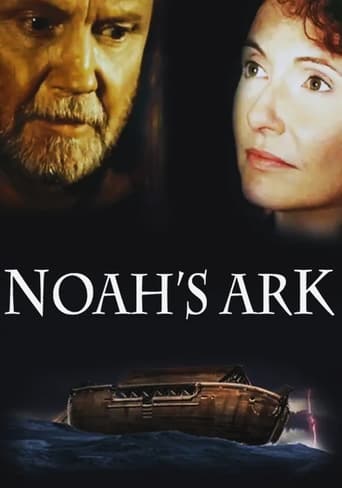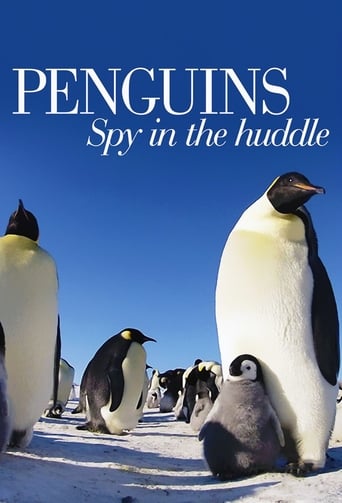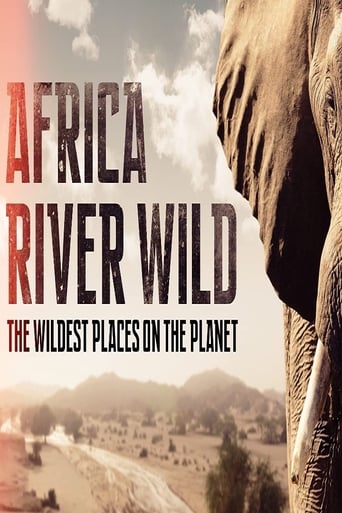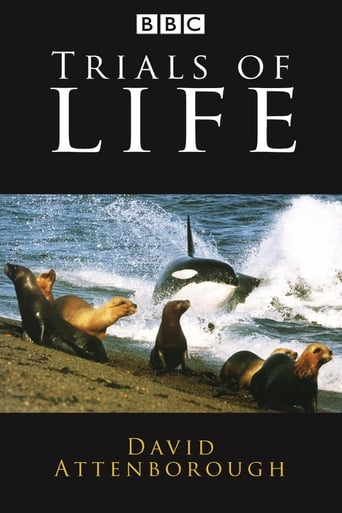
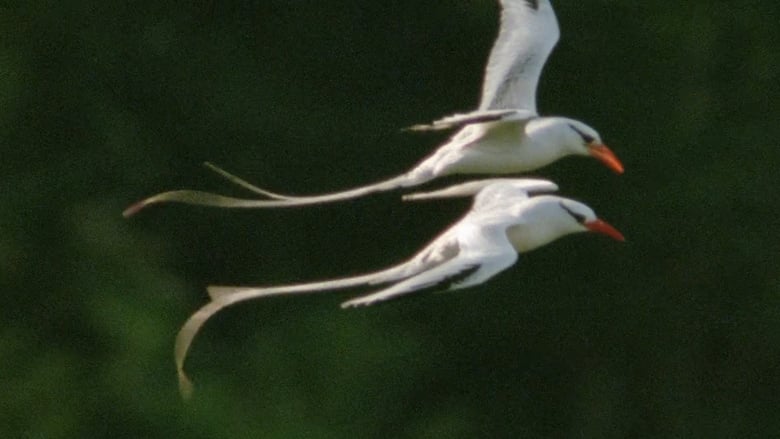
Trials of Life (1990)
A study in animal behaviour, it was the third in a trilogy of major series (beginning with Life on Earth) that took a broad overview of nature, rather than the more specialised surveys of Attenborough's later productions. Each of the twelve 50-minute episodes features a different aspect of the journey through life, from birth to adulthood and continuation of the species through reproduction. The series was produced in conjunction with the Australian Broadcasting Service and Turner Broadcasting System Inc. The executive producer was Peter Jones and the music was composed by George Fenton. Part of David Attenborough's 'Life' series, it was preceded by The Living Planet (1984) and followed by Life in the Freezer (1993).
...
Seasons & Episode
1
Watch Trailer



